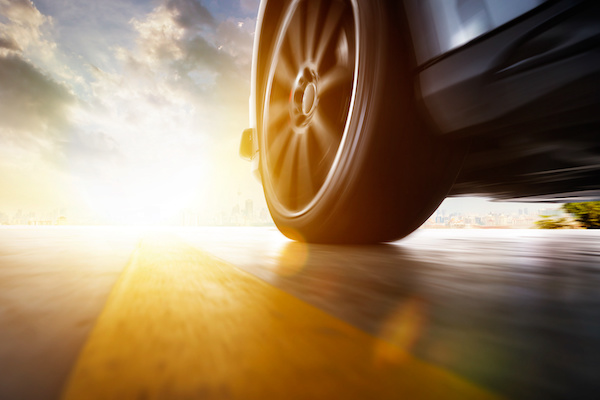
Worn tires are not only an inconvenience but can cause accidents if left unchecked. But don't worry, we will share with you the top 5 signs that your vehicle needs new tires, and what you can do about it!
1. Tread Wear
One of the most common indicators that you need to retire your tires is tread wear. Worn tire treads can pose serious problems, especially in severe weather conditions such as rain and snow. The tread of the tire allows water and slush to escape and allow the rubber to meet the road. Worn tires have shallow tread or no tread at all and are less effective at evacuating water from the contact patch. This leads to hydroplaning, where the tire floats on top of the water, and loss of control. The tread wear can be checked by locating the tread wear indicators, small bars inside the tread. When the surface of the tire is even with these bars, it is time to replace the tires. Tread depth inspection is a crucial part of road safety.
2. Tire Pressure
Tires should rarely need to be reinflated. However, seasonal temperature changes can affect the pressure in the tire as air expands in heat and contracts in the cold. Low tire pressure can lead to poor contact with the road, low traction and hydroplaning. If your tire light comes on, it may be due to temperature changes or it could mean you have a leak, especially if one tire pressure is much lower than the others. When your tire pressure light comes on, have your tires checked by a professional to ensure you don't wake up to a flat tire and to ensure safety on the road.
3. Cracked Rubber
Whether you drive frequently or occasionally, the rubber on your tires will age and crack over time. This is due mainly to weather conditions such as heat, snow and even ice melt in the winter months. Cracks will lead to loss of pressure and eventually tire failure which can be extremely dangerous. The Department of Transportation advises that tires not be used for more than 6 years after their manufacture date, regardless of tread wear and that tires not be used if cracking is visible.
4. Bulges
Sidewall bulges occur when the inner lining of the tire is ruptured. This can happen for many reasons including hitting curbs and potholes. If your tires are bulging, they can blow out, posing a huge safety risk. If you see a bubble in the side of your tire, it is time to get it replaced.
5. Uneven Tire Tread
Uneven tire wear will shorten the life span of your tires. Lack of regular rotation, incorrect tire pressure and poor alignment are just several contributing factors of uneven tire tread. Uneven tread wear can shorten the life of tires. Part of the tire reaches it's tread wear limit before the rest and uneven tread ware is often accompanied by rapid tread wear. Tires should be rotated every 5,000 miles to help assure their longevity.